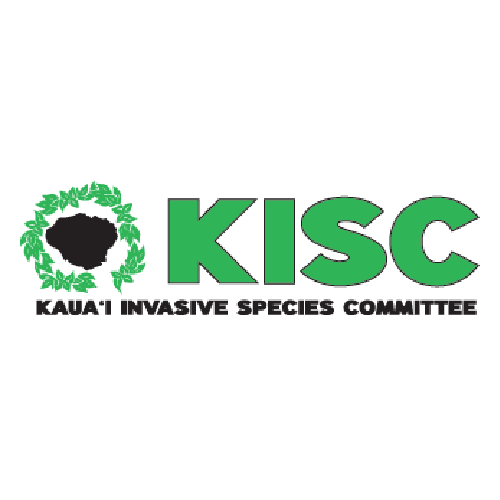Family: Moringaceae
Moringa arborea (moringa) is a tuberous shrub found in northern Kenya and perhaps in Ethiopia. Leaf powder or extract is used as a nutrient supplement to the human staple food besides fodder and feed supplement to livestock animals. The leaves and fruit are browsed by elephants, giraffes and springbok. The bark, wood, and root are eaten by small stock and porcupine. The root is edible, but sour-tasting. This plant has not been documented as naturalized in any Hawaiian Islands to date, but limited ecological information may limit accuracy of risk prediction
High Risk Traits:
- Grows, and could spread, in regions with tropical climates
- Other Moringa species have weedy traits and tendencies
- Reproduces by seeds
- Seeds dispersed by wind, gravity and intentionally by people
- Limited ecological information may limit accuracy of risk prediction
Low Risk Traits:
- No reports of invasiveness or naturalization, but no evidence of widespread introduction outside native range
- Unarmed (no spines, thorns, or burrs)
- Grows in high light environments (dense shade may inhibit ability to spread)
- Not reported to spread vegetatively




